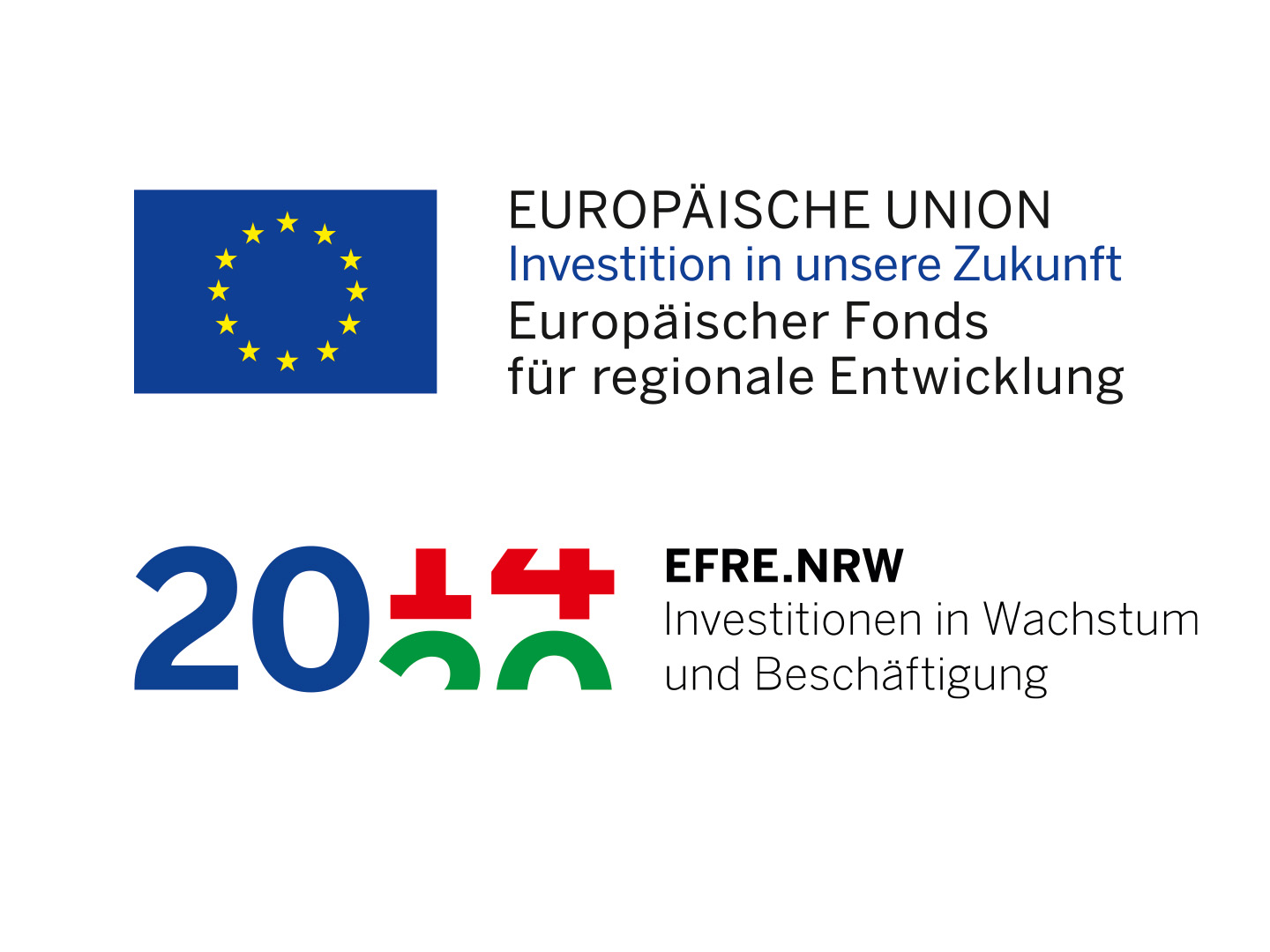Project goals
The goal of Power2C4 is to develop a new catalytic process for the production of butadiene and other C4-olefins from a synthesis gas of CO2 and electrolytically produced H2. The focus is on a two-step butadiene synthesis: In the first step, ethanol is produced from the synthesis gas, which is converted to butadiene in a second step using a new catalyst. For this synthesis to succeed, a suitable catalyst system must be identified and tested. Subsequently, the entire power-to-butadiene process chain is evaluated – with a view to both the economic efficiency of the process chain and the sustainability of the new production path for butadiene. The framework for the work package is provided by the "Virtual Institute – Power to Gas and Heat" – a consortium of research institutes working on adaptive technology measures for the power, gas and water system.
 Fraunhofer Institute for Environmental, Safety and Energy Technology UMSICHT
Fraunhofer Institute for Environmental, Safety and Energy Technology UMSICHT